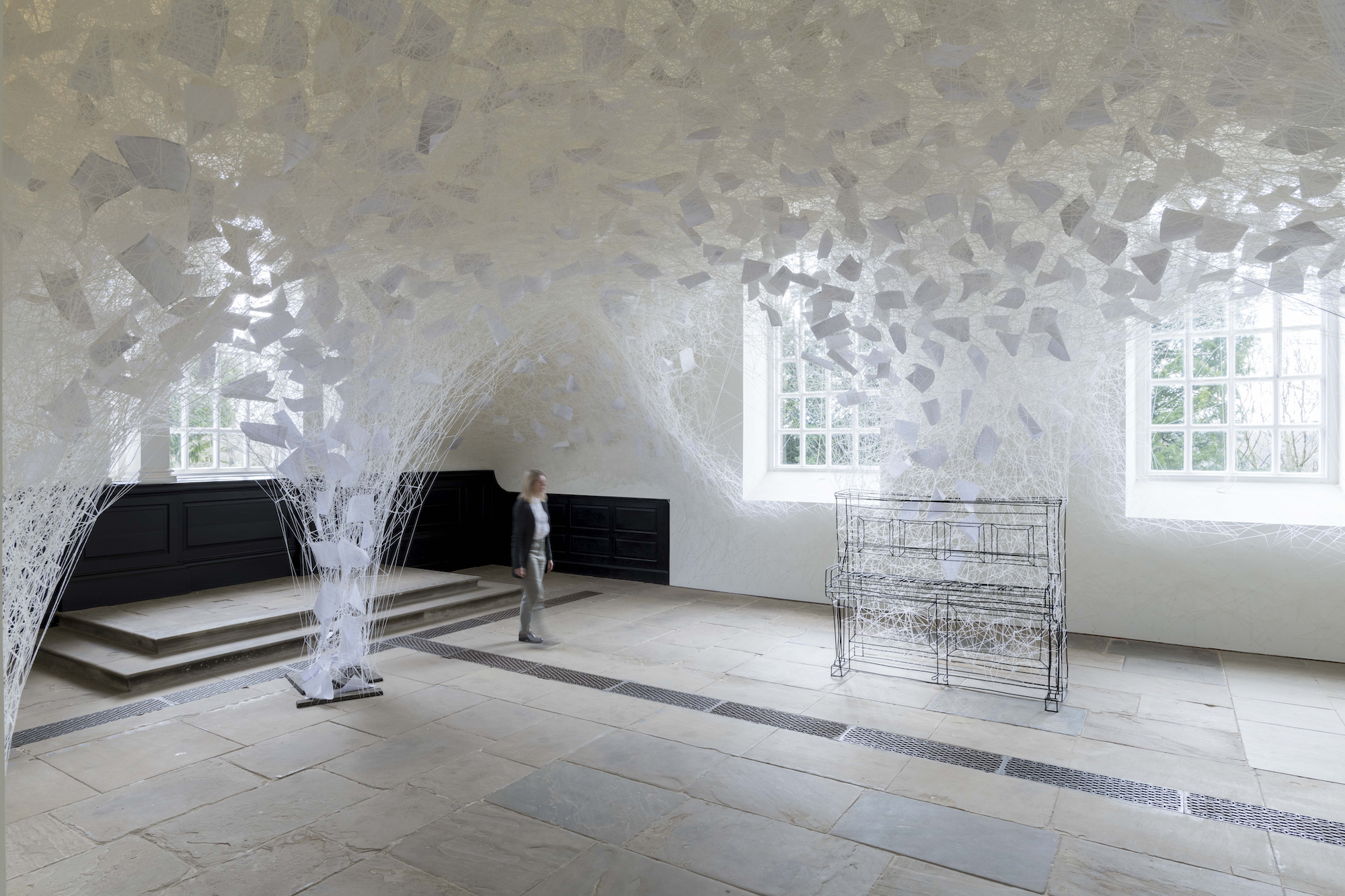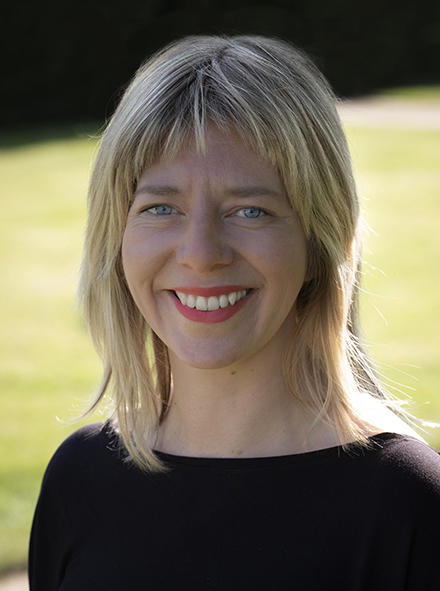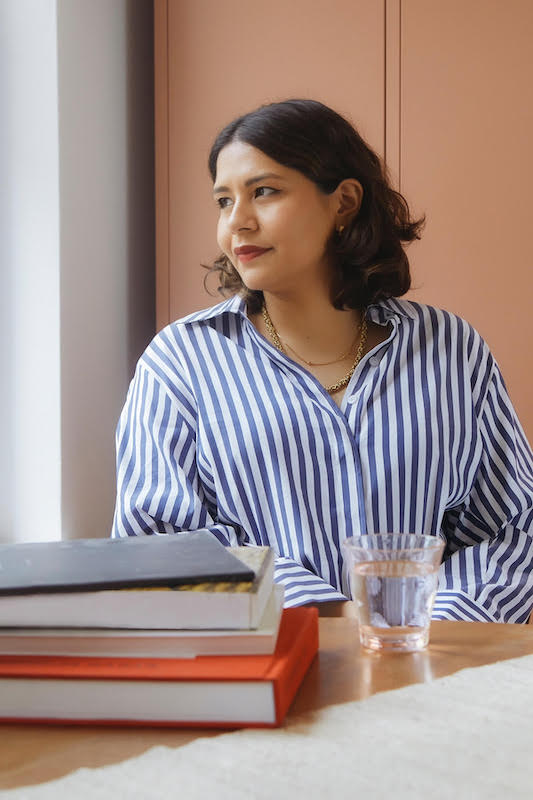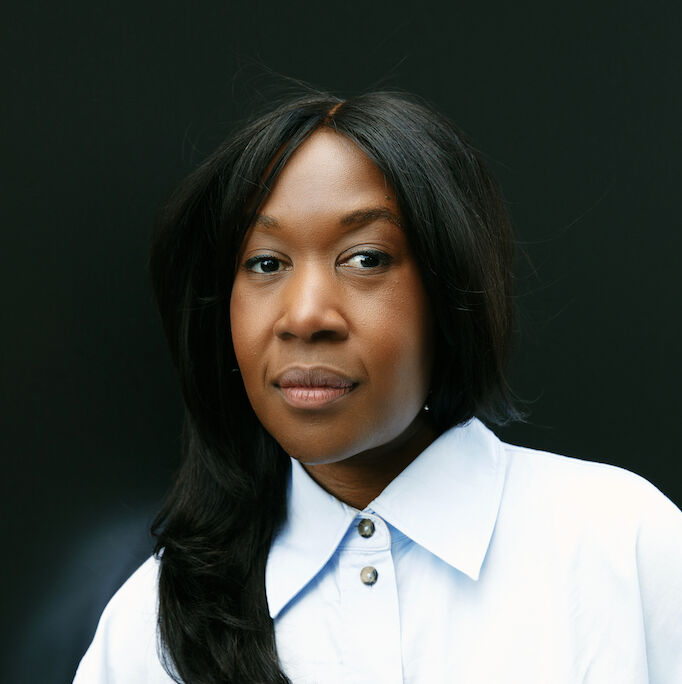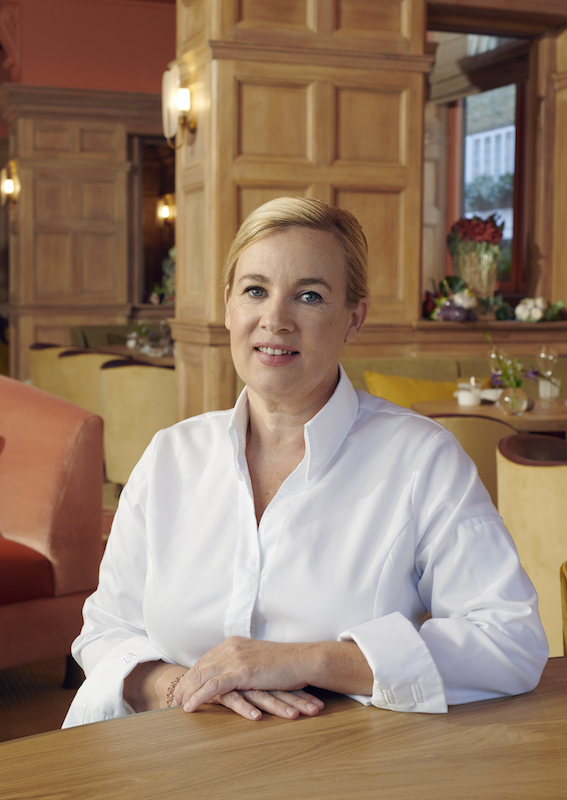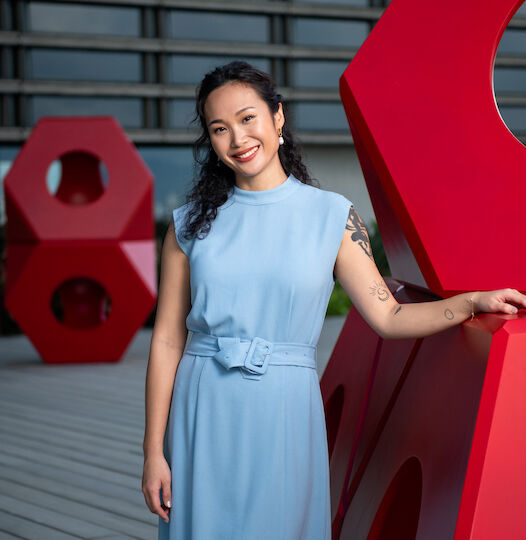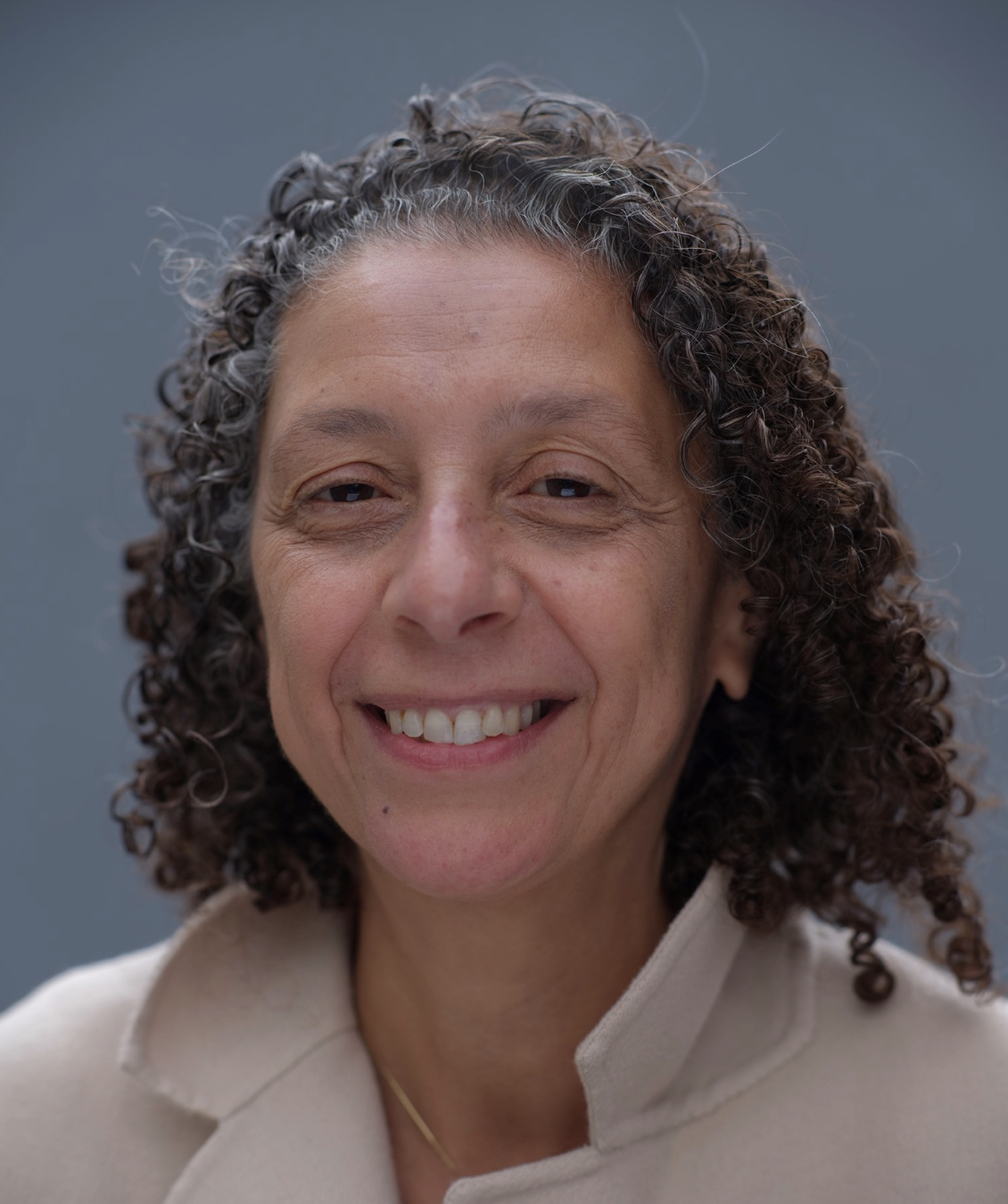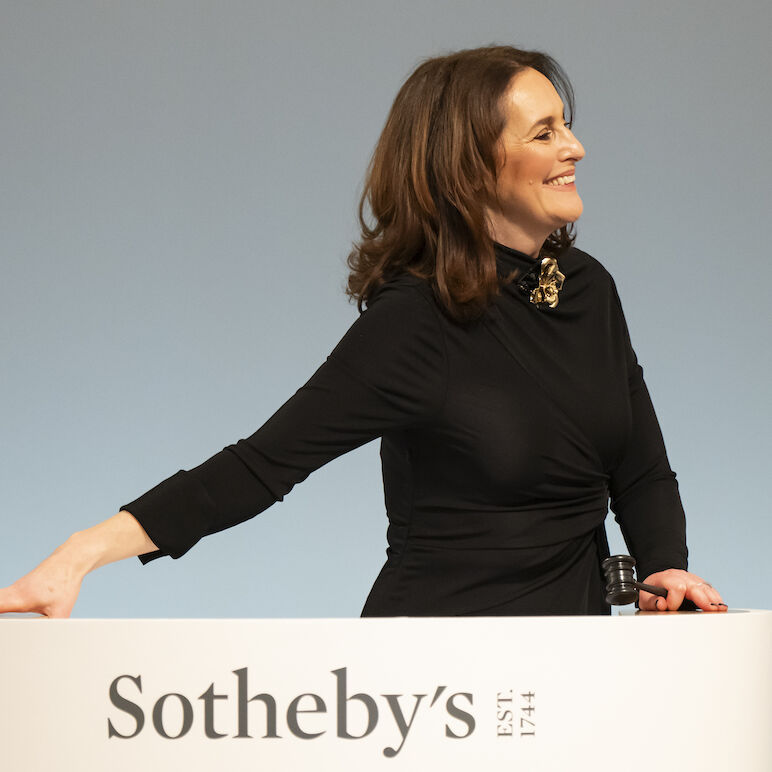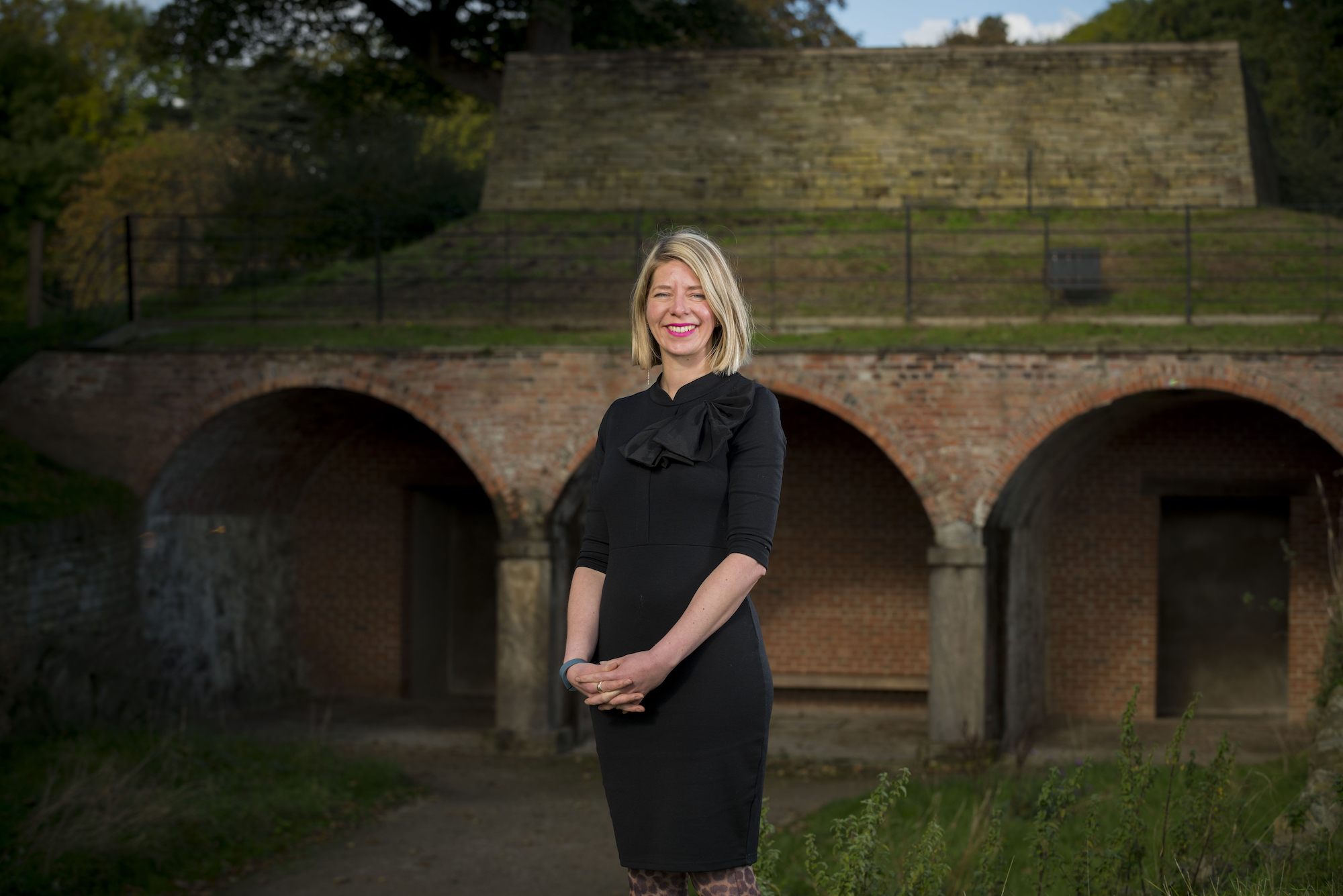

Interview Yorkshire Sculpture Park’s Helen Pheby
After visiting YSP as a child growing up in Wakefield and being inspired by the sculptural heritage of her home city – especially the work of Barbara Hepworth, who went to the same school 70 years earlier – Pheby studied History of Art at the University of Liverpool. Here, she encountered the ideas of Leeds-born art historian, poet and anarchist Herbert Read and his belief that everyone’s potential could be realised through creative encounter and experience, which encouraged her to read a PhD in public art, or more specifically why all art isn’t “public”.
Committed to facilitating and sharing the best of international art with as many people as possible, Pheby has gone on to help curate more than 100 exhibitions and projects during her time at YSP, balancing object and experience, established and emerging artists. In 2017, she conceived Art by Email, the first exhibition of its kind to give a platform to artists in areas of conflict including Iraq.
Her offsite projects also include the Kyiv Sculpture Project in 2012, the first open-air display of contemporary sculpture in Ukraine, and co-curating The Art Block, a permanent exhibition space at Selfridges London, which will display a new work every six months and champion public art in the community.
THE WICK: Talk us through a typical Monday.
Helen Pheby: No two days are ever the same at Yorkshire Sculpture Park, which starts as soon as I walk through the landscape to the office. Despite being here over 20 years, it’s always a different view depending on the season, light and weather. On a clear day the view stretches for miles, and you can really get a sense of yourself in relation to the land. YSP is on the historic Bretton Estate, which has been inhabited since at least the 11th century, so you have a sense of time as well as place that I find gives me a useful perspective. Pre-Covid, we used to start the week with an all-staff get-together, to check in with what was happening and with each other. Hopefully, we’ll be able to reinstate those before too long in some form.
TW: What was the exhibition that permanently changed your perspective?
HP: The memory has probably become distorted over the last 25 years or so, but experiencing a room of Roman portrait head sculptures at the Metropolitan Museum in New York literally stopped me in my tracks. There was something incredibly moving about being face to face with people who hadn’t be alive for nearly 2,000 years, but who had been captured in such a way it felt that you could have known them, their mannerisms, how they spoke. It shifted something in my appreciation of art, realising that it survives. It is a testimony to the creativity that we are capable of as a species, in counterpoint to the destruction we can also wreak.
TW: How do you think YSP’s setting impacts the way visitors view the artworks?
HP: The setting of YSP is fundamental to the experience of the artworks, not least being able to see them from a distance, but also how they are affected by the context. Barbara Hepworth, for example, felt her work could breathe in the open air. We not only curate sculpture in the open air in relation to the setting, but artists’ work in response, such as ‘The Coffin Jump’ by Katrina Palmer. Co-commissioned with 14-18 NOW, the installation raises awareness of the role of women in the First World War, especially the First Aid Nursing Yeomanry. The artwork comprises a physical installation, which is a functioning horse jump, and sound work. When The Enchantress, sung by Clara Butt, can be heard in the Country Park it announces the fact that a horse and female rider are on site – they take the jump then disappear into the distance. It is a work with many layers of meaning, including the equine history of the Estate, that couldn’t be realised in many museums in the world.
TW: You’re also the co-curator of Selfridges’ The Art Block and chair UP Projects, which curates and commissions public art. Why is it important to get art outside of traditional gallery spaces?
HP: In my PhD I tried to understand why all art isn’t public – for example, why is a public collection in a public building less public than a work on a street corner? I don’t have all the answers by any means, but it does seem that generations of culture being perceived as belonging to an elite – cultural and economic capital being bound together – has discouraged some people from feeling welcome in cultural spaces. Over the last 30 years or so there has been a very determined and necessary shift towards trying to make everyone feel included and welcome, and hopefully if someone experiences excellent art in the spaces, they have a habit of spending time in, that helps to break down the barriers to traditional gallery spaces. I’m also firmly of the view that creativity and appreciation is intrinsic to being human. The 40,000-year-old Lion Man is evidence of that, but for me it’s not just an intuition to make and appreciate objects that needs to be nurtured but the will to think beyond what already exists to innovate and problem solve – what the planet needs now more than ever!
“Talent exists everywhere but opportunities are not equally distributed.”
